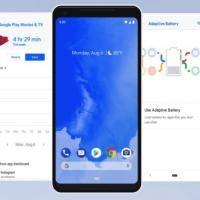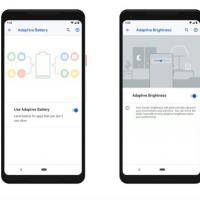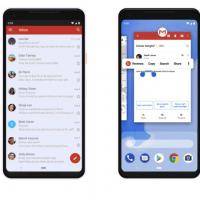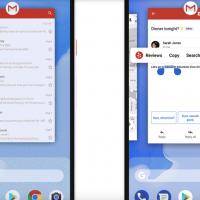
The latest Android dessert is here! Google is now serving us what we’ve been calling Android P the past year. It’s not Android Pineapple, Android Peppermint Pocky, Pancake, Popsicle, or Peanut Butter. We did call it Pecan Pie though. That’s close enough because Android 9 turns out to be Android Pie. Well, that’s easy…as pie. We were expecting something that can be easily commercialized like the KitKat or Oreo. Then again, we believe, Google wants to make things better yet simpler.
Compared to previous years, today’s reveal comes early. We even thought Android P would be unveiled on August 20. Looks like Android 9 Pie is very much ready and that’s only a couple of weeks after the Android P Final Preview was released.
We started talking about Android P as early as October last year when Nokia announced the new version would come to Nokia phones once available. We soon learned Android P may allow networks to control LTE signal bars, integrate the notch design concept, include a call recording tone for future use, and won’t allow idle apps to access device’s camera.
Android P has been a favorite topic and now that Android 9 Pie is official, we’ll finally get to know in full what the Android dev team has been working on. We already have an idea about the features since Developer Previews have rolled out.
— Google Developers (@googledevs) August 6, 2018
Android 9 is smarter and simpler and is more open to the future. We once noted some important things about it. That it would feature machine learning, improved messaging, better security, more APIs, and would definitely be simpler.
The Android Pie’s focus this time is machine learning. Android takes advantage of this tech to make devices more personalized. Android P is smarter, simpler, and more adaptive. Both consumers and developers will benefit from Android 9 as various enhancements can be done to apps. New experiences can also be expected because artificial intelligence (AI) is totally a different approach.
Customization
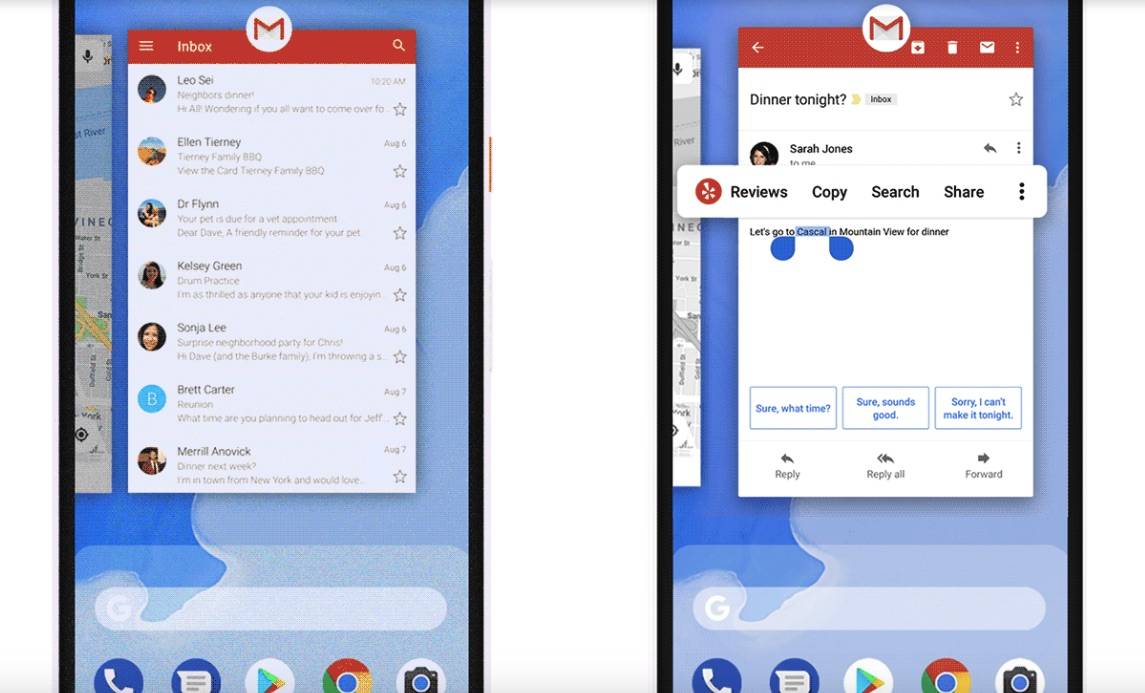
Customization is always the key to a better mobile experience. Android knows how to tailor the platform to your needs and preferences. With machine learning, it learns from you and learns to adapt to your actions and usage patterns. A few examples of related features include Adaptive Battery, Adaptive Brightness, App Actions, and Slices:
• Adaptive Battery knows what system resources to prioritize to save battery.
• Adaptive Brightness remembers the brightness settings in different conditions as preferred by you.
• App Actions predicts what you will do next based on displays and context.
• Slices presents important information from your favorite applications. It mainly shows snippets of facts that may be useful to you.
Simplicity

Android P is definitely easier to use now since it is more adaptive and smarter. It is more approachable and easier to use as made possible by a new system navigation. One button is all you need to see the new Overview where you can quickly preview recent apps. Switching between apps is also easier with Smart Text Selection.
Navigation may have changed in minor ways. Don’t be confused but the redesign is better. Expect to see the new Quick Settings, better management for notifications, and an easier way to capture/edit screenshots.
Equalizer
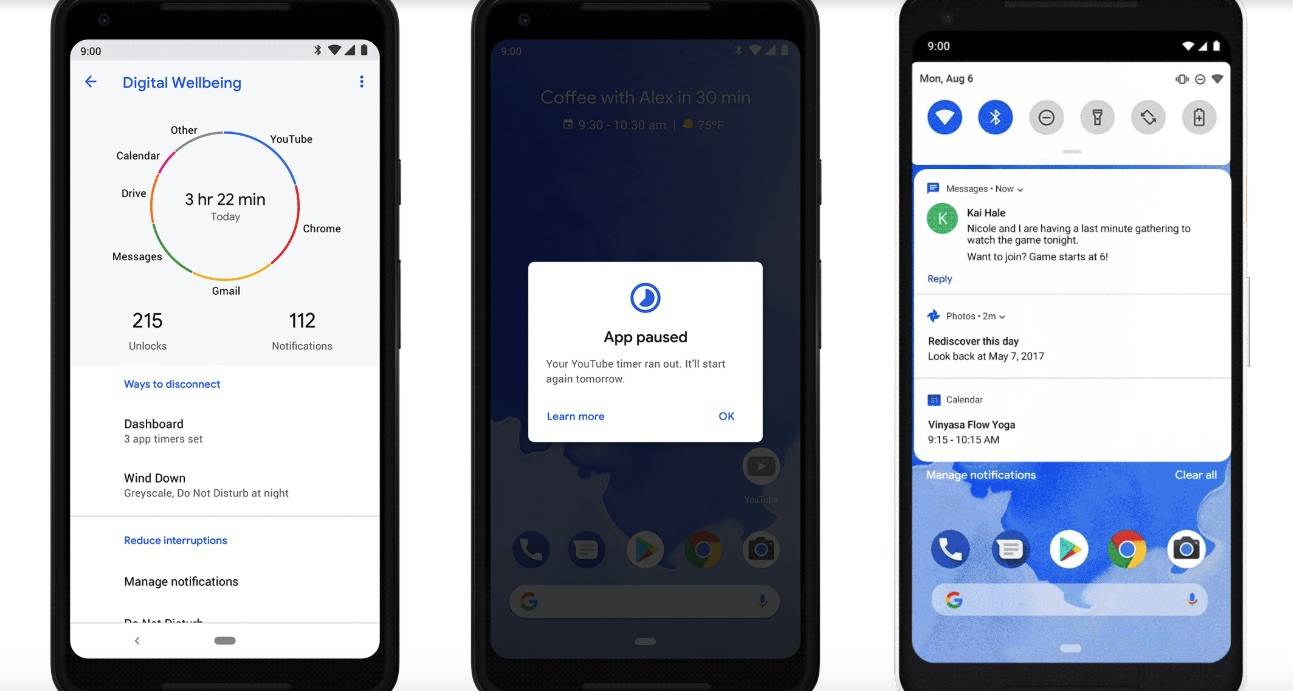
This isn’t about audio but Android P has the equalizing effect as it helps you balance things in your life. While Android Pie makes connecting to the world easier, the platform also helps in identifying your digital habits. This way, you can find the balance between being online and offline. Some features that will help you identify such include new Dashboard, App Timer, Do Not Disturb, and Wind Down:
• Dashboard helps a consumer understand how he is spending time on a device.
• App Timer lets a user set time limits on apps. It grays out the icon on your screen when time is up.
• Do Not Disturb silences the visual interruptions that usually pop up on your screen. It fades the screen to grayscale before bedtime.
• Wind Down switches on Night Light during bedtime.
Improved privacy and security
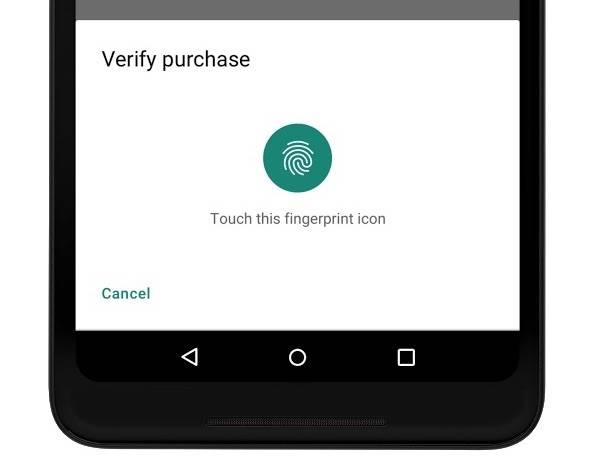
Every Android version gets better by becoming more secure. Android Pie offers several layers from biometrics to Android Protected Confirmation to having StrongBox as a new KeyStore type. There’s also DNS over TLS, use of HTTPS by default, compiler-level mitigations, and the idea that idle apps are restricted from accessing some device functions like the camera or microphone.
The Android 9 Pie Promise

Android 9 Pie offers machine learning at the core. It has the ability to make ordinary devices smarter with all the new consumer features. It promises a number of things but at this point, we can only say that new things will be experienced. You need to taste and see the Android Pie yourself.
The Android Open Source Project (AOSP) will receive the source code today. Android 9 will be available to all Pixel users all over the world via an over-the-air update. More phones will receive Android P in the next few months. If you happened to be part of the Beta program, the update will be available for Android One phones and devices from Essential, Vivo, OnePlus, Oppo, HMD Global (Nokia), Xiaomi, and Sony Mobile.
Android 9 Pie Images:
SOURCE: The Keyword (1),(2), Android Developers Blog



